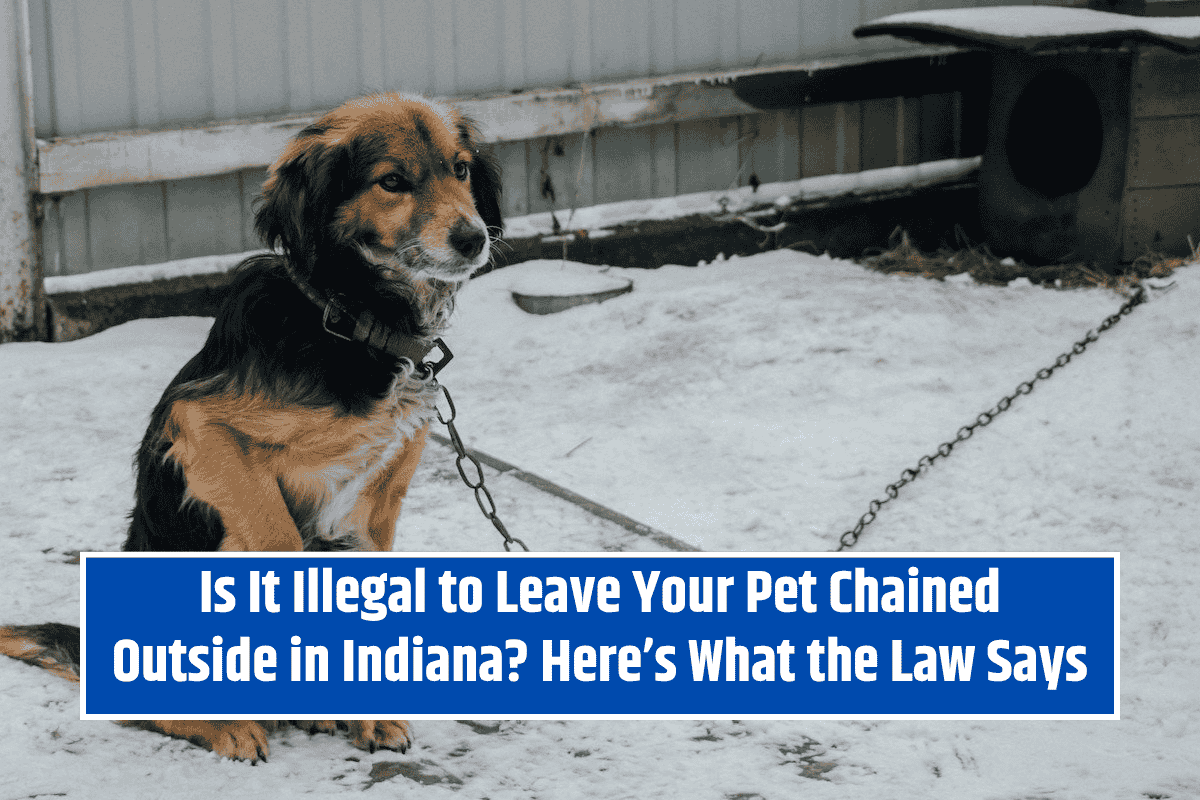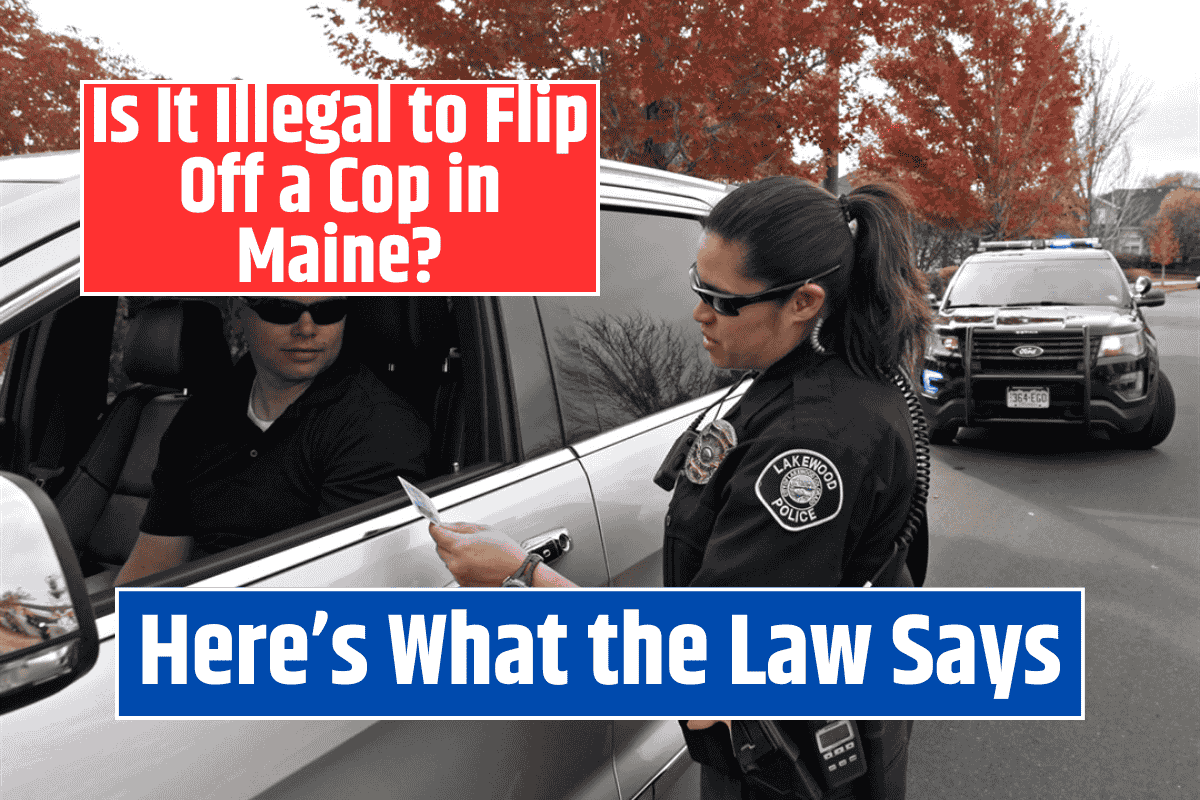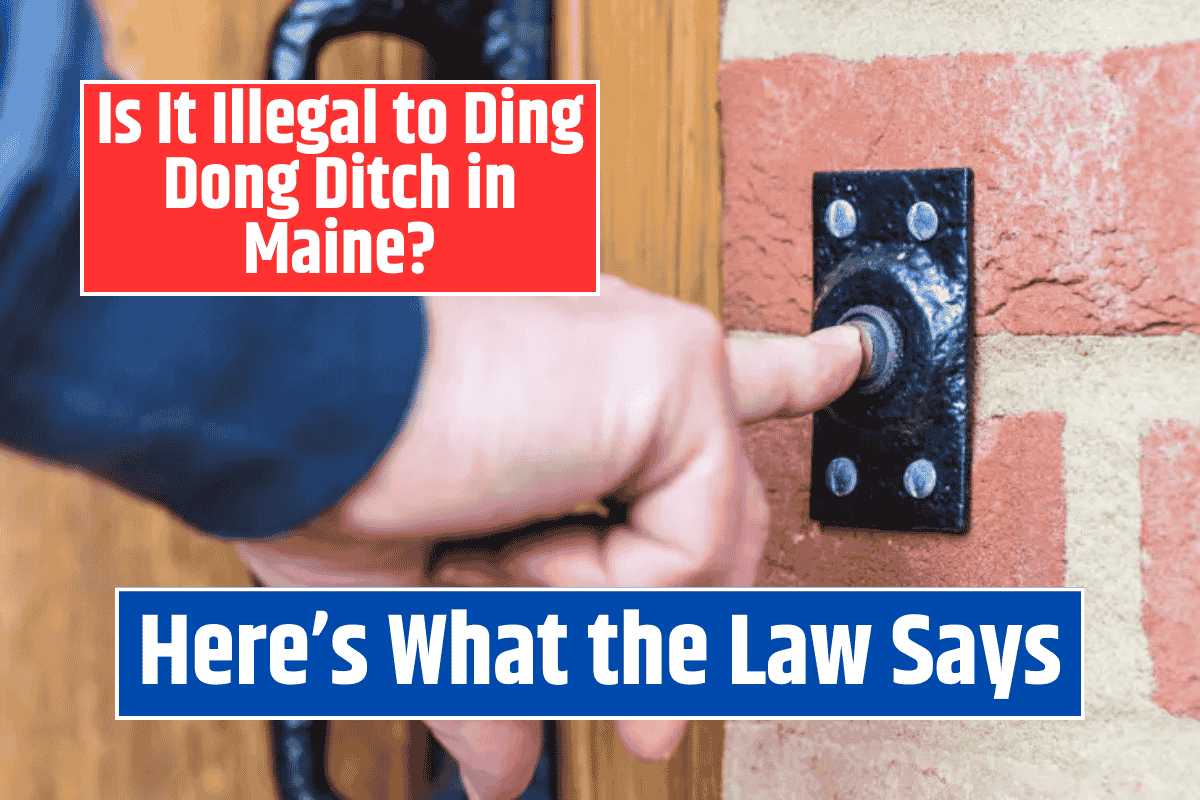Indiana does not have a single statewide law that applies to all dogs and pets. Instead, each city and county in the state creates its own rules about leashing dogs. This means that what applies in one area may not be the same in another, making it important for dog owners to understand local leash laws, especially when traveling or living in different places.
Who Decides the Leash Laws in Indiana?
In Indiana, the responsibility of deciding leash and restraint rules falls on local governments like cities, counties, and towns. Most areas require that dogs be under control at all times, whether they are on public property or private property. While the basic idea is the same, specific rules can vary from one place to another.
Examples of Leash Laws in Some Indiana Cities
Different cities in Indiana have their own leash rules, so let’s look at some examples of what each city expects from dog owners:
Hammond Leash Law (Ordinance 9151-A)
In Hammond, both dogs and cats must be under restraint. If they are off the owner’s property, they must be on a leash no longer than six feet or within three feet of the owner, under complete control. On private property, pets should either be in a fenced area or on a six-foot leash to ensure they don’t cross the property line.
Indianapolis Leash Law (Code 531-102a)
Indianapolis considers an animal “at large” if it is not in a secure place like a yard, house, or car. If outside of these areas, the pet must be on a leash and under control by a responsible person.
Fort Wayne Leash Law (Code 91.020)
In Fort Wayne, all pets must be properly restrained, either by being on a leash or under the physical control of their owner. Pets must also be confined within their owner’s property if they are not on a leash.
Evansville Leash Law (Code 6.05.060f)
Evansville has a leash rule where dogs must be on a leash when off the owner’s property. The leash must be attached to both the dog’s collar and the person walking it. This rule doesn’t apply if the dog is already secured at a facility.
Muncie Leash Law (Code 90.06)
Muncie has a strict rule where dogs and cats cannot roam freely on public streets or private property that doesn’t belong to their owner. If a pet is off the owner’s property, it must be controlled by a leash, chain, or similar restraint.
Why Leash Laws Matter
Leash laws are more than just guidelines for keeping pets under control—they are also important for safety and legal reasons.
If a dog is not properly restrained and causes harm, such as biting someone, the owner could face legal consequences. Local courts often rely on leash laws to decide who is responsible for an incident.
A good example of how leash laws affect legal outcomes is the case of Plesha v. Edmonds, where the local leash rule helped determine the verdict.
While Indiana does not have a statewide leash law, most cities and towns require pets to be kept on a leash or under control when outside the owner’s property.
Whether you are a resident or a visitor, it’s crucial to check the local rules to avoid legal trouble, fines, or lawsuits. By following leash laws, you can ensure the safety of your dog and everyone around you.
In Indiana, leash laws vary from one city or town to another. While the state does not enforce a statewide leash law, most local governments require pets to be under control at all times when off the owner’s property.
Whether you live in or are visiting Indiana, make sure to check the local leash laws to avoid fines or legal issues. Keeping your dog leashed or under control helps protect both your pet and the community.












